Art & Exhibitions
The Van Gogh Museum Celebrates the Legacy of Impressionism in the Netherlands
The Amsterdam museum is celebrating 150 years of Impressionism, bringing together artworks from Dutch collections across the country.
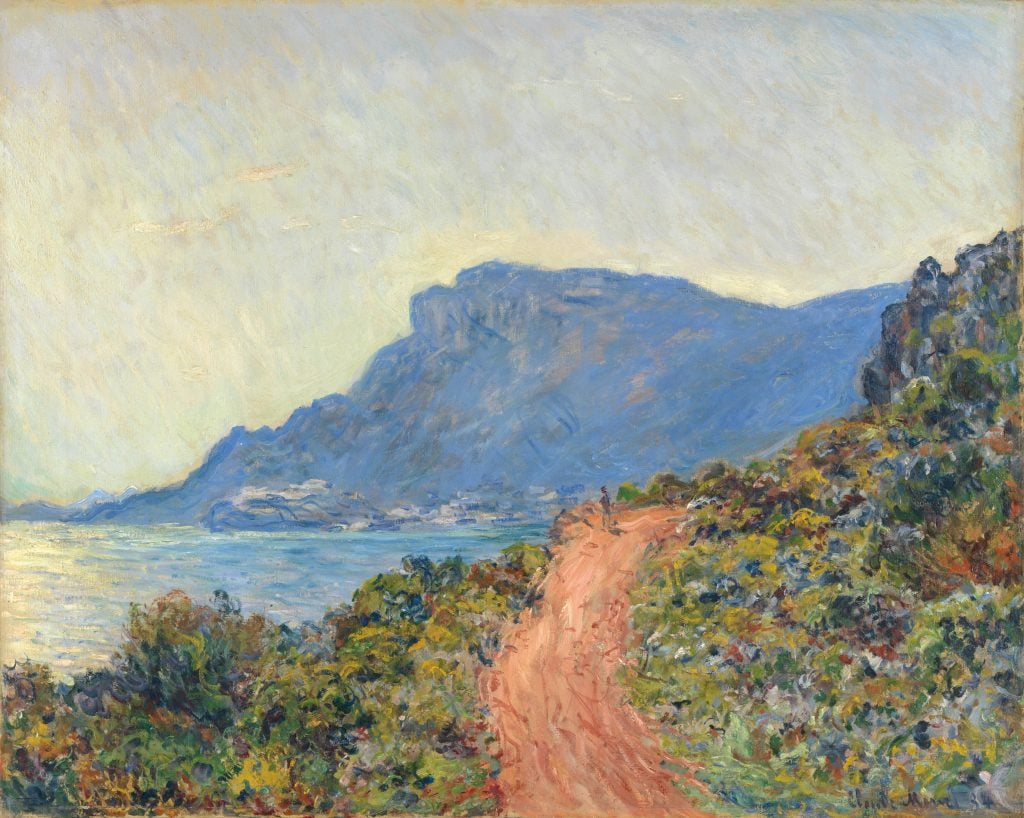
In April 1874, 150 years ago, the Impressionists held their first exhibition together in the studio of Felix Nadar on the Boulevard des Capucines in Paris. It was a less-than-complimentary review by the critic Louis Leroy of this show that would give the burgeoning art group their name: Leroy describing how Monet’s Impression, Sunrise was less finished that “wallpaper in its embryonic state” and “Impressionism” being reclaimed.
Now, Amsterdam’s Van Gogh Museum is the site of the new exhibition “Vive l’impressionnisme! Masterpieces from Dutch Collections,” marking the revolutionary art movement’s 150th anniversary.
Paintings, sculptures, drawings, prints, and decorative plates by major Impressionists are being brought together for the exhibition, including work by Claude Monet, Edgar Degas, Berthe Morisot, Mary Cassatt, Auguste Rodin, Camille Pissarro, and Pierre-August Renoir. Artworks on display have been loaned from collections across the country, including from some of the Netherland’s most significant arts institutions including the Rijksmuseum, Stedelijk Museum, Kröller-Müller Museum, and the Kunstmuseum the Hague as well as numerous Dutch private collections. 150 Years of Impressionism – The Netherlands Sees the Light, an accompanying publication to the exhibition, includes texts by 13 Impressionist curators and scholars.
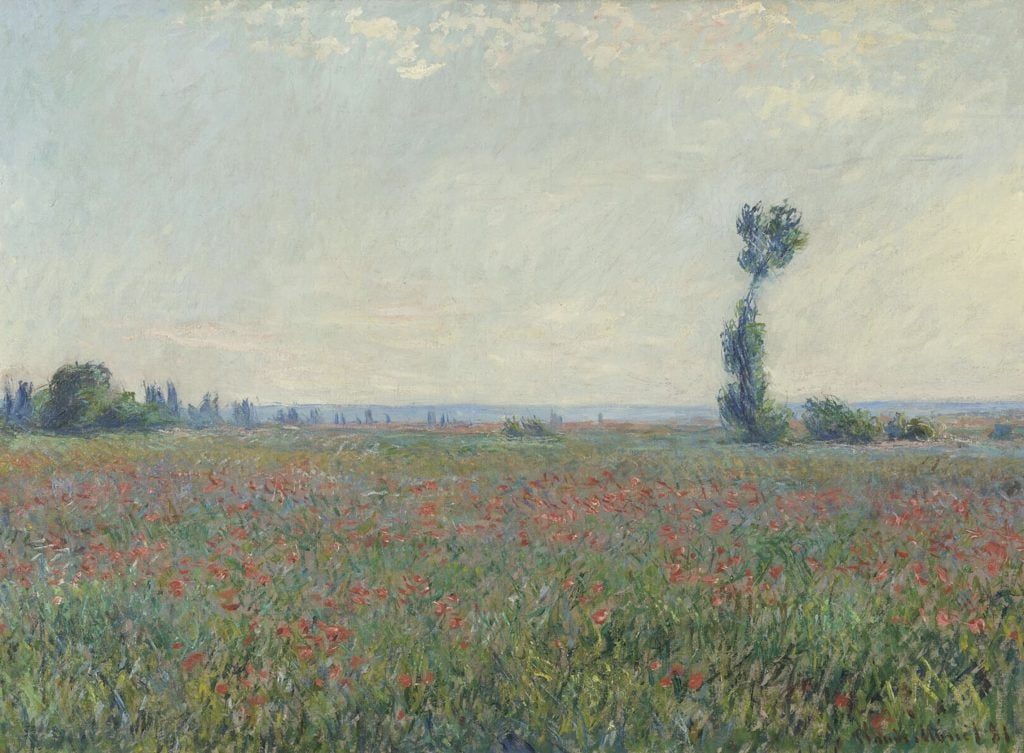
Claude Monet, Poppy Field (Champs de coquelicots) (1881) © Museum Boijmans Van Beuningen.
The exhibition homes in on how Impressionism was received in the Netherlands, and looks at the role that key Dutch collectors like Theo van Gogh played in the movement’s spread outside of France. The catalogue accompanying “Vive l’impressionnisme!” explores the questions the exhibition attempts to tackle, including “when did interest in Impressionist art arise in the Netherlands; who exhibited these works; who purchased them for their own collections; and which works were not appreciated or acquired in time?”
The art dealer Theo van Gogh is best-known for financially supporting his brother, Vincent van Gogh, acting as his dealer, financier, and confidant throughout his life. After Vincent’s death in 1890 and Theo’s in 1891, Theo’s widow Johanna van Gogh-Bonger collated and published a collection of some of the hundreds of letters that the brothers had sent back and forth to each other over many years. This published collection helped to cement Vincent’s legacy after being famously under-appreciated during his lifetime.
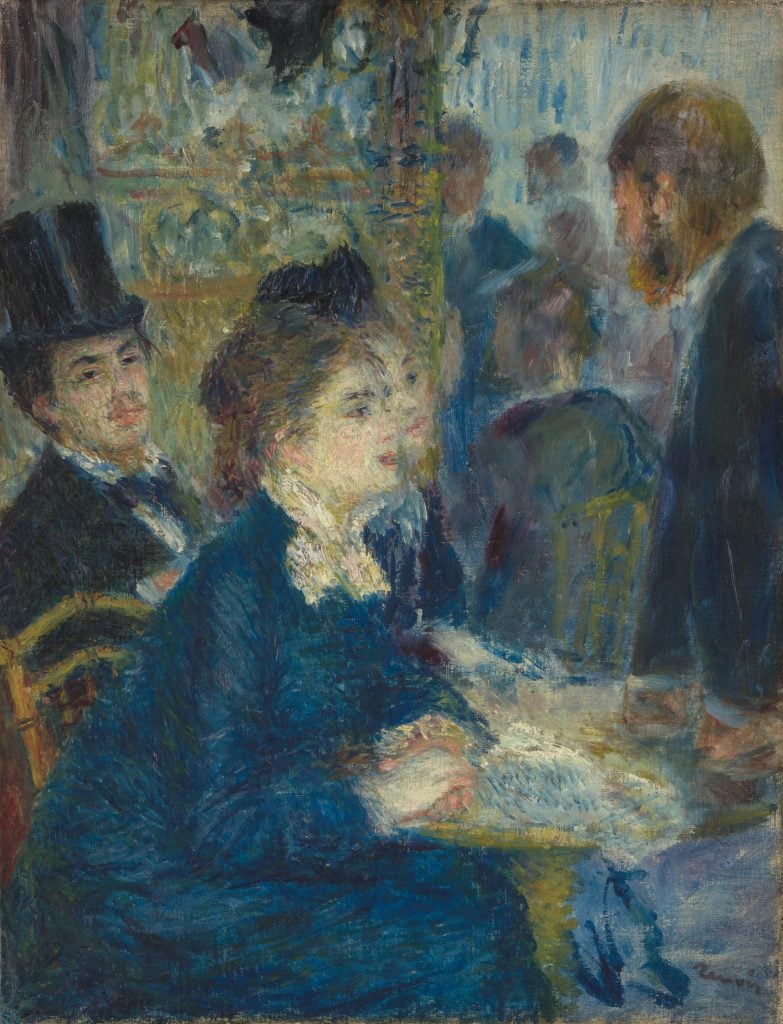
Pierre-Auguste Renoir, In the Café (Au café) (c. 1877) © Kröller-Müller Museum, Otterlo.
The Van Gogh Museum opened in Amsterdam’s Museum Square in June 1973, 83 years after the artist’s death, displaying—among other major artworks—previously unsold work by van Gogh. These unsold works had passed from Johanna to her son, also named Vincent, and were subsequently loaned to the Stedelijk Museum for many years before the Dutch government commissioned a permanent museum dedicated to the artist in 1963.
While the Van Gogh brothers did have their own collection which included several Impressionist works, the Van Gogh Museum has been on a mission since the 1990s to expand their collection of Impressionist art. Recently the Museum has been focused on acquiring work by female Impressionists, most recently collecting pieces by Marie Bracquemond, Berthe Morisot, and Mary Cassatt: Impressionism’s “Trois Grandes Dames”. Part of the exhibition, a virtual installation called the Gallery of Lost Opportunities will highlight masterpieces which were once held in Dutch collections but were sold to collections abroad.
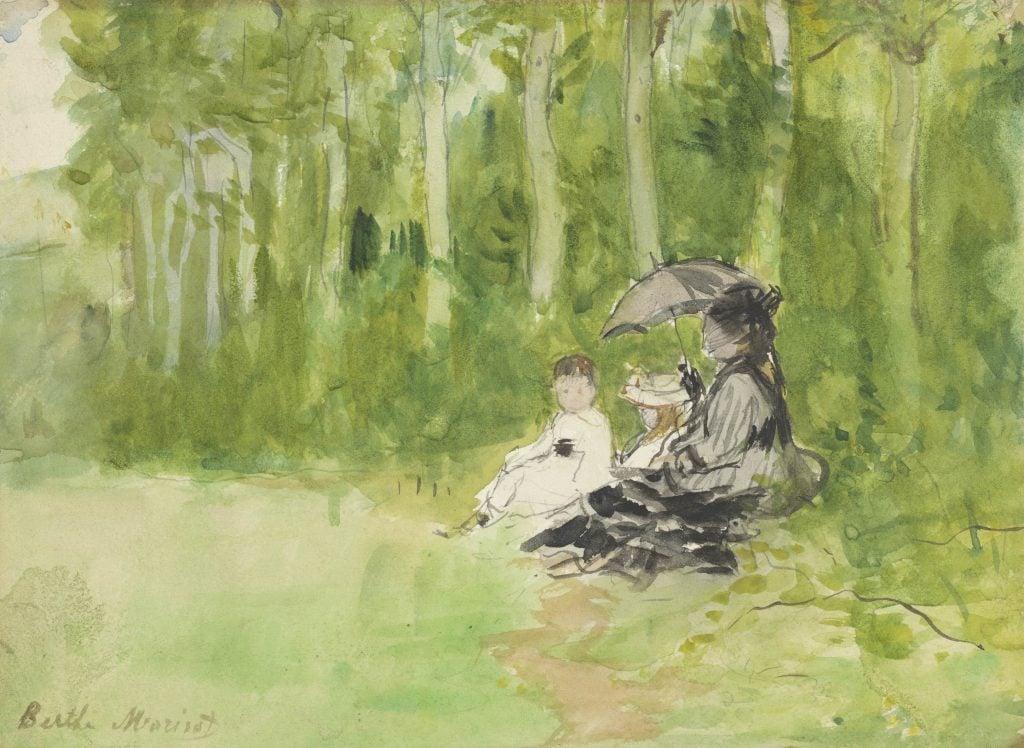
Berthe Morisot, Walk in the Woods (Au bois) (1876) © Van Gogh Museum, Amsterdam.
Other 150th anniversary celebrations have been held around the world, including an auction at Christie’s New York, an exhibition at the Musee d’Orsay, Paris, and a festival in Normandy.
Fleur Roos Rosa de Carvalho, the curator of the show, told Artnet News: “I am thrilled to finally share this exhibition with the world. It presents a broad picture of the Impressionist movement, celebrating artists who refused to stick to a singular medium—they moved fluidly between different art forms, ignoring all of the age-old hierarchies that ranked painting at the top. Here colorful watercolors and pastels are shown with experimental sculptures and prints, which we hope will challenge the prevailing image of the Impressionists as mere painters of light and color.”
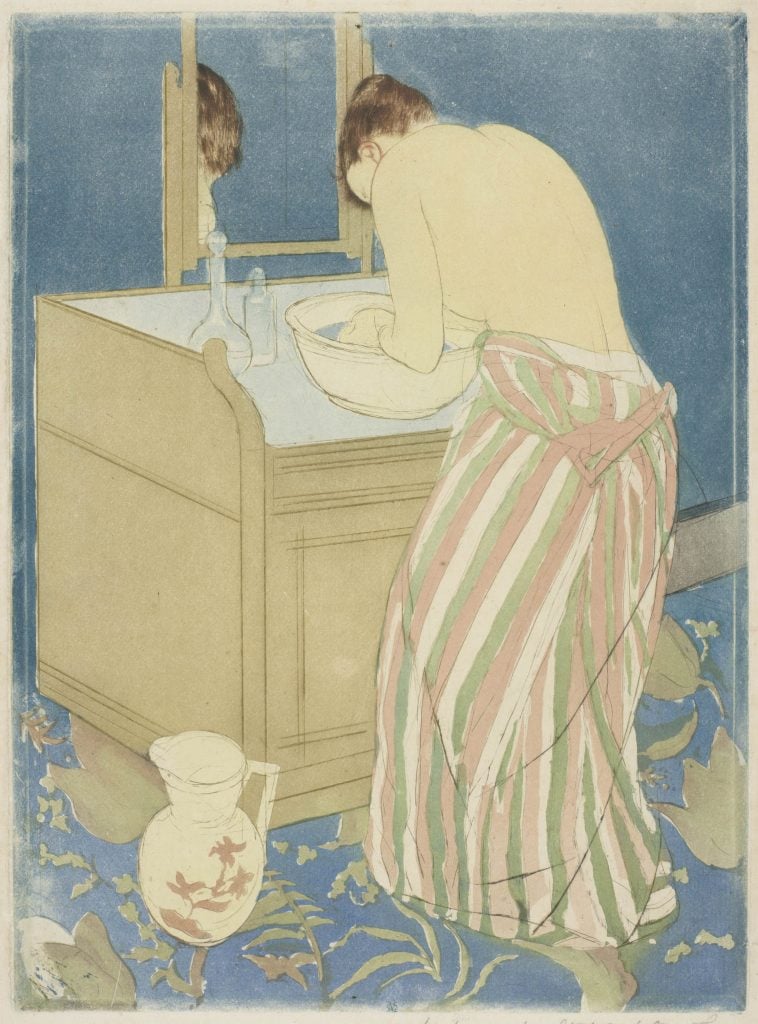
Mary Cassatt, Woman Bathing (1890–91) © Van Gogh Museum, Amsterdam.
“I’m also really honored to bring these Dutch collections together under one roof for the first time. It’s my hope that the show will inspire other museums and private collectors to continue to work together on an ambitious collecting policy for Impressionist art that transcends national boundaries.”





